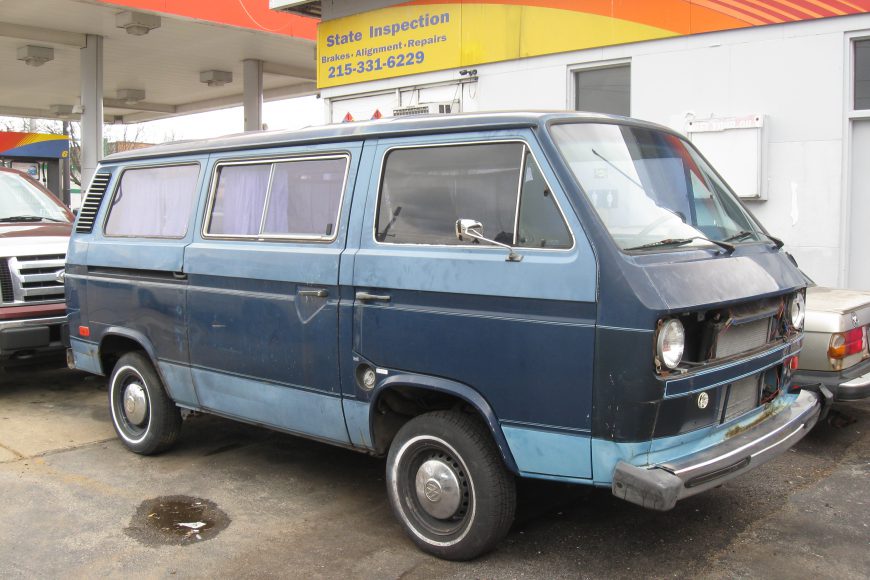- July 19, 2016
- By Nick Fury
- In Informational
- Tags unsolicited advice, used car
- 4417
- 14

Everyone has a different idea about whether to buy new or used, keep it or trade it, love it or hate it. Our customers come from all different places in life, and all have different opinions.
One friend likes to lease cars, then trade it in every three years for the latest model. Sometimes he even gets three years of “free” oil changes and inspections, so I only see him when he’s buying gas at Schummer’s of Mayfair. Another friend likes to buy new cars, keep them until the 90,000-mile factory maintenance, and trade them in for a generous trade-in allowance. Nick personally plans on being buried in their 1987 Toyota Pickup.
Now, if you’re still reading, you’re probably part of the 98% of Philadelphians who buy used cars. Maybe you were even given one by your parents, a sibling, or some other questionable ‘benefactor.’ You drive it, maintain it, and fix it; you seem to put an endless amount of money into it, and the air conditioning still doesn’t work. Eventually, it seems like you say a prayer every time you turn the key, and you start to think… is now the time?
And then you get some estimates for repairs, and you really start to wonder. Is it a good decision to put $1,000 into new tires or struts, or should I start looking for a new car?
The short answer: Let Schummer’s Auto Center take care of all your inspection, maintenance, and repair needs. When we know how much money you spent, and what you spent it on, we can give an informed and professional opinion of what will actually cost you less.
The long answer: calculate the real cost of ownership will be then compare. Want to know more? Read on!
New cars cost more money to buy, more money to finance, and more money to insure; they also have minimal maintenance costs. Older cars can cost a whole lot more to maintain, but can be cheap or free. What you actually want to look at is cost-per-year coming up. That’s some middle-school-level math, so get your calculators ready.
Step one: determine what work will need to be done over the next year. We usually start with a thorough road test and some research. We figure out what it needs today, and then estimate what it might need in the next 5,000 – 10,000 miles based on that road test and factory recommended maintenance. We also do a quick search for typical issues for your make and model. We take that information, add it all up, and figure out about how much it will cost to own a car for a year.
With that number in mind, we can compare it other options. Is it more or less than the amount you’ll spend on another car? Sometimes, it does make more sense to put $1,000 into that old clunker and get another 10,000 miles out, especially if Plan B is to buy your friend’s car that needs $500 in work, and probably won’t last 10,000 miles. Sometimes, it doesn’t make sense to spend $5,000 on a car that is going to need even more work next year. Head spinning yet? You get the idea. It’s different for each person’s vehicle and financial situation.
Of course, there are some cars that transcend mathematics. Like the vanagon. Like the pickup. Like any car you can’t bear to part with, whether it’s because the seat has been perfectly worn to fit your buttocks or you really love your 80’s bumper stickers.
In the end, the decision is up to you, but every bit of information helps in the decision making process. Ask us and we’ll give you an informed opinion. And if you need a shoulder to cry on, we’ll be there.
Book online and save time!
For same-day appointments, please call.
MAKE APPOINTMENT




